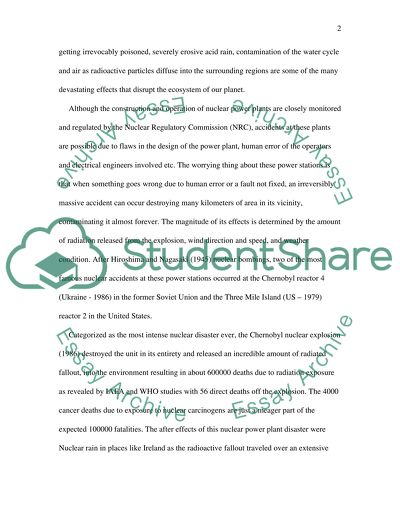Cite this document
(Emergency Response to Nuclear Disasters & Incidents Assignment, n.d.)
Emergency Response to Nuclear Disasters & Incidents Assignment. Retrieved from https://studentshare.org/sociology/1525683-emergency-response-to-nuclear-disasters
Emergency Response to Nuclear Disasters & Incidents Assignment. Retrieved from https://studentshare.org/sociology/1525683-emergency-response-to-nuclear-disasters
(Emergency Response to Nuclear Disasters & Incidents Assignment)
Emergency Response to Nuclear Disasters & Incidents Assignment. https://studentshare.org/sociology/1525683-emergency-response-to-nuclear-disasters.
Emergency Response to Nuclear Disasters & Incidents Assignment. https://studentshare.org/sociology/1525683-emergency-response-to-nuclear-disasters.
“Emergency Response to Nuclear Disasters & Incidents Assignment”, n.d. https://studentshare.org/sociology/1525683-emergency-response-to-nuclear-disasters.


